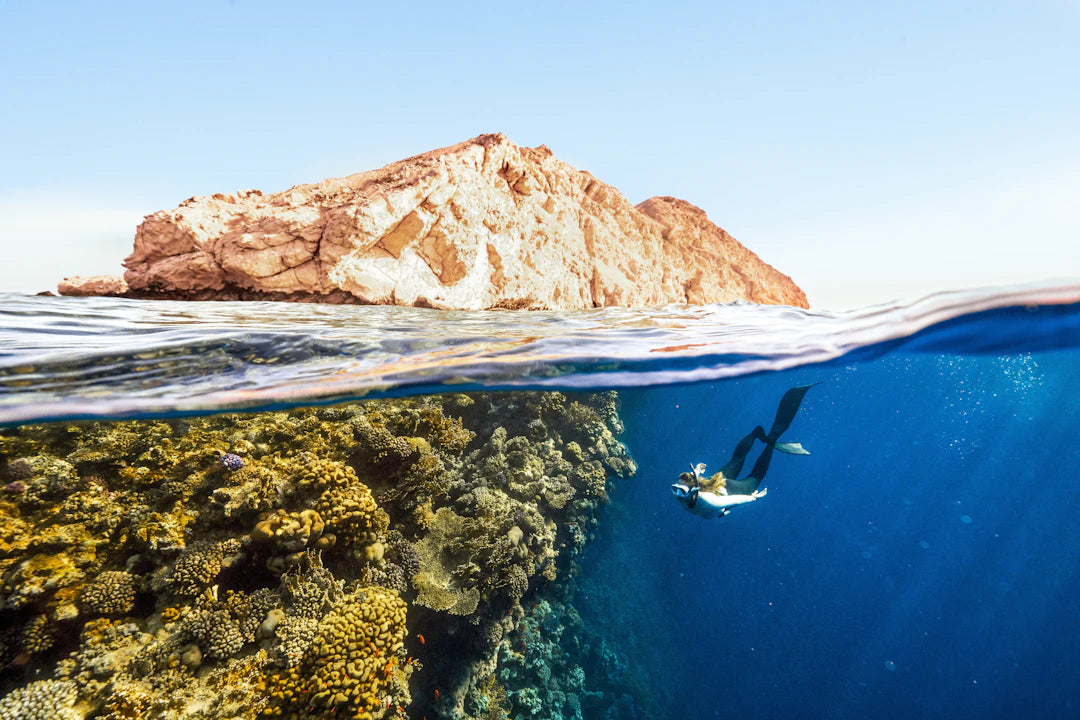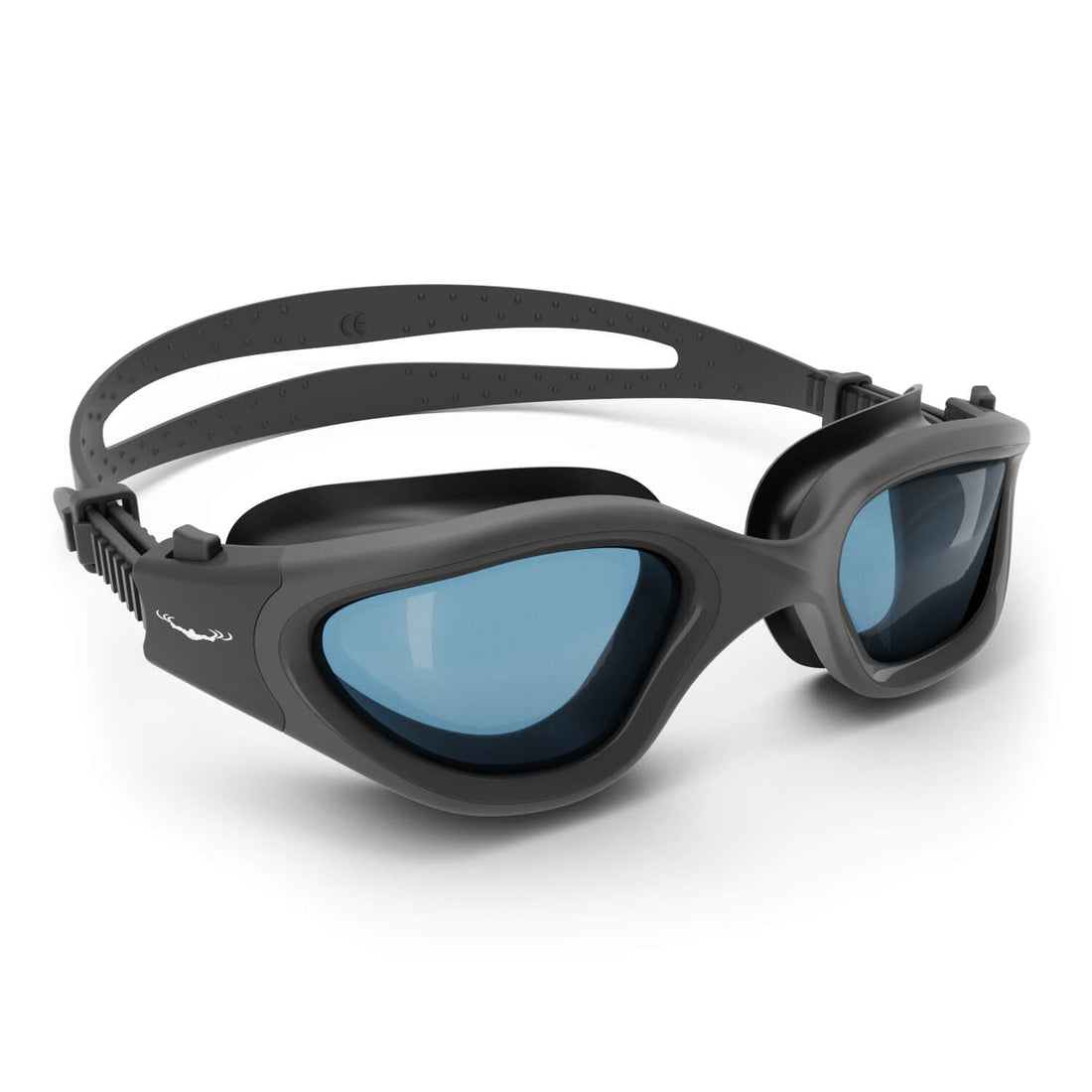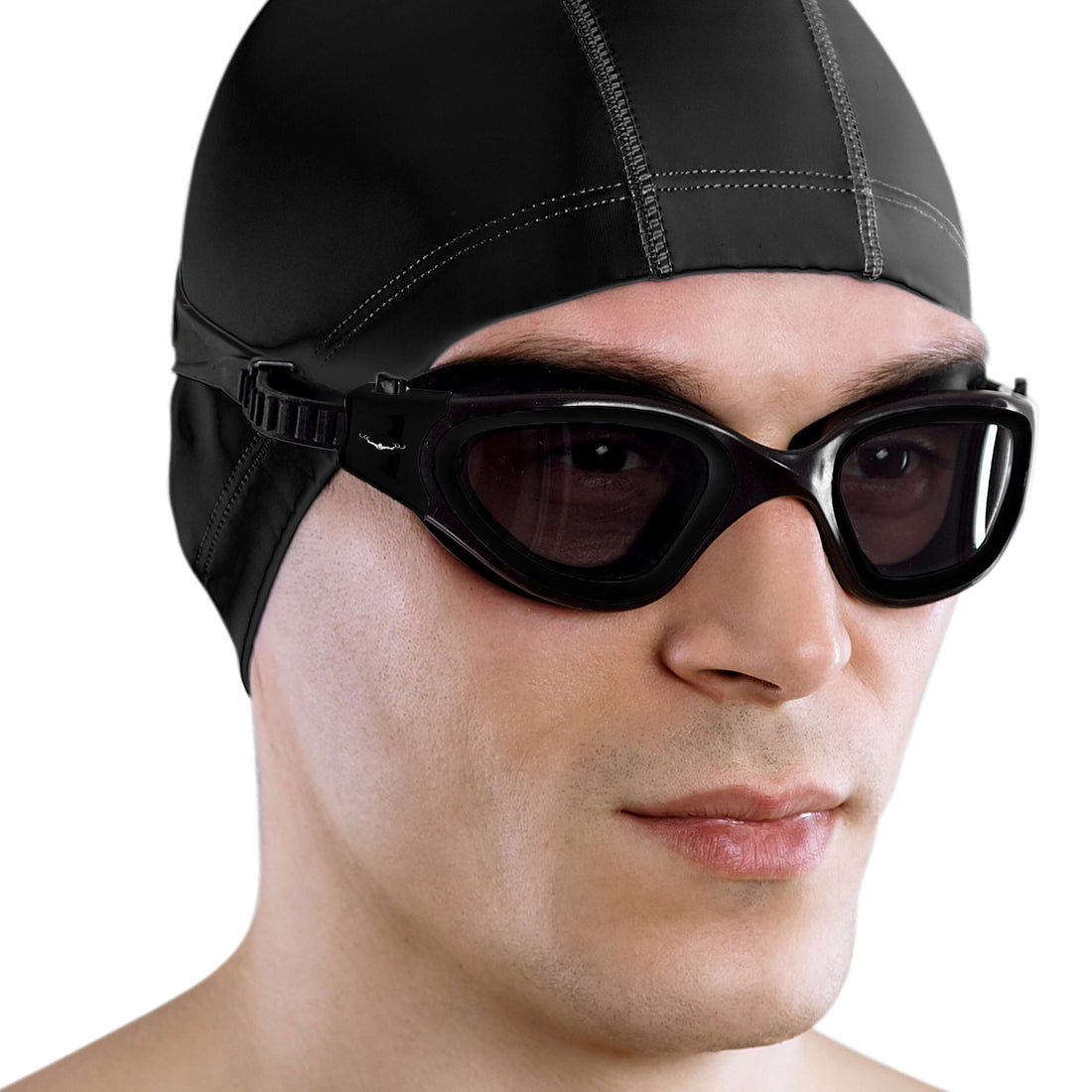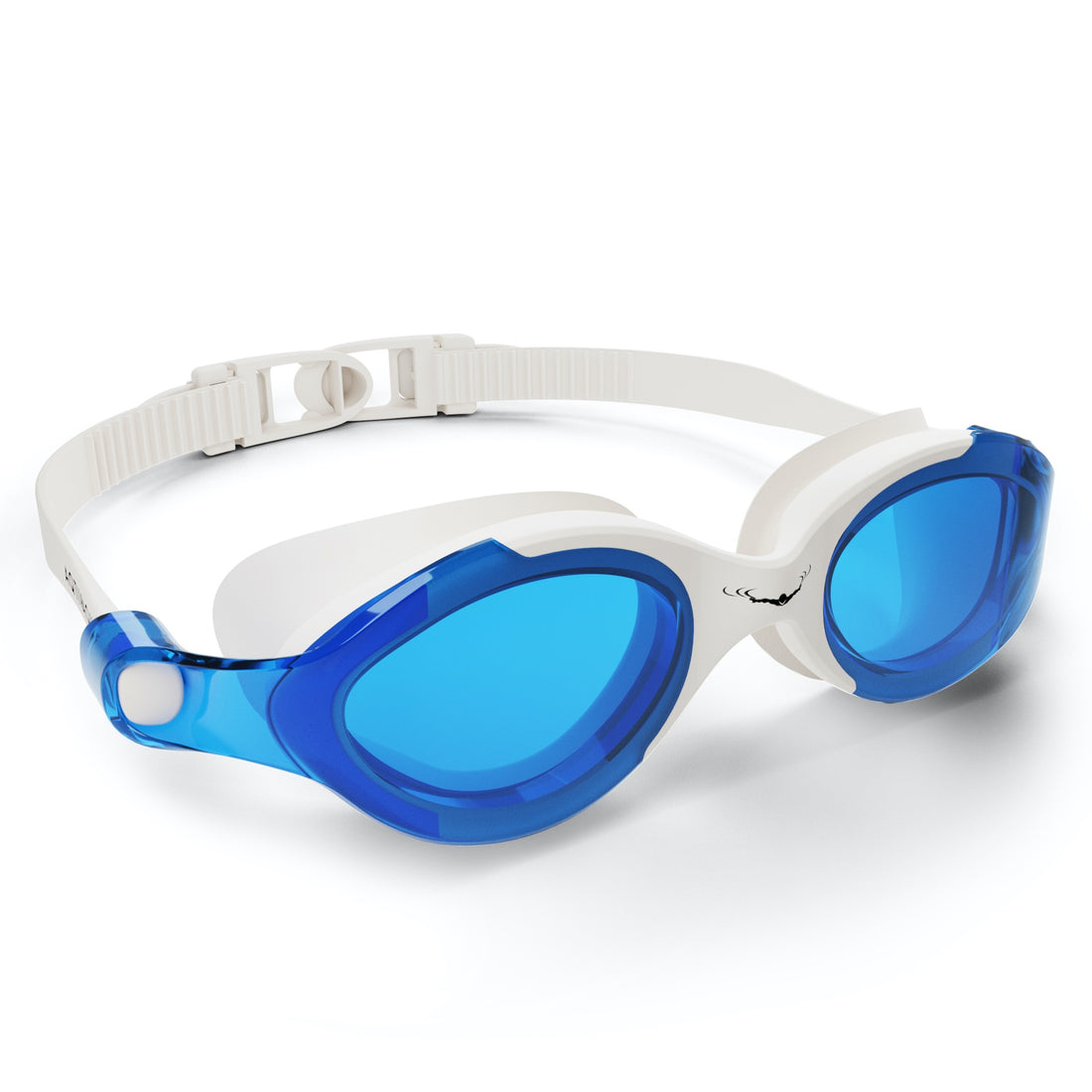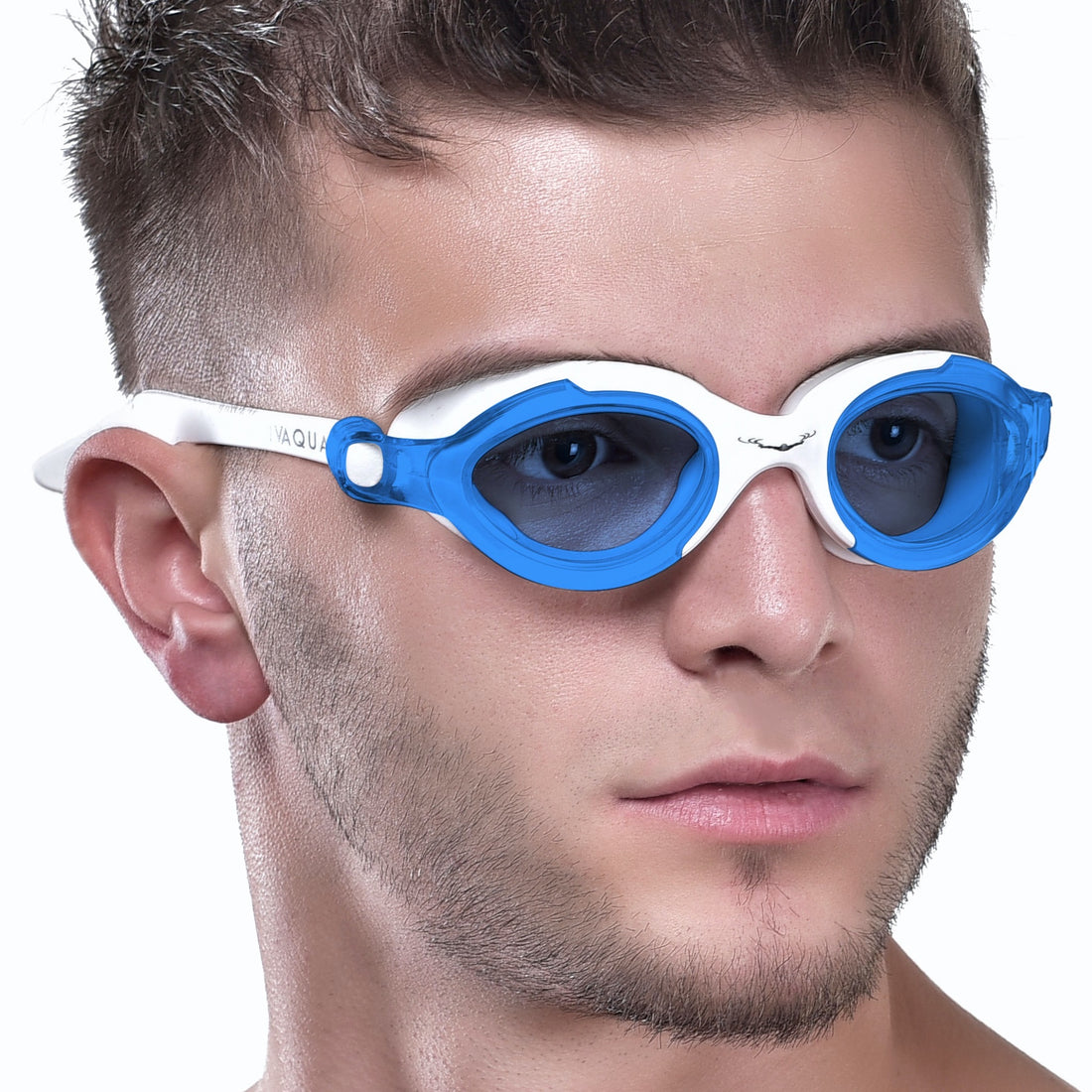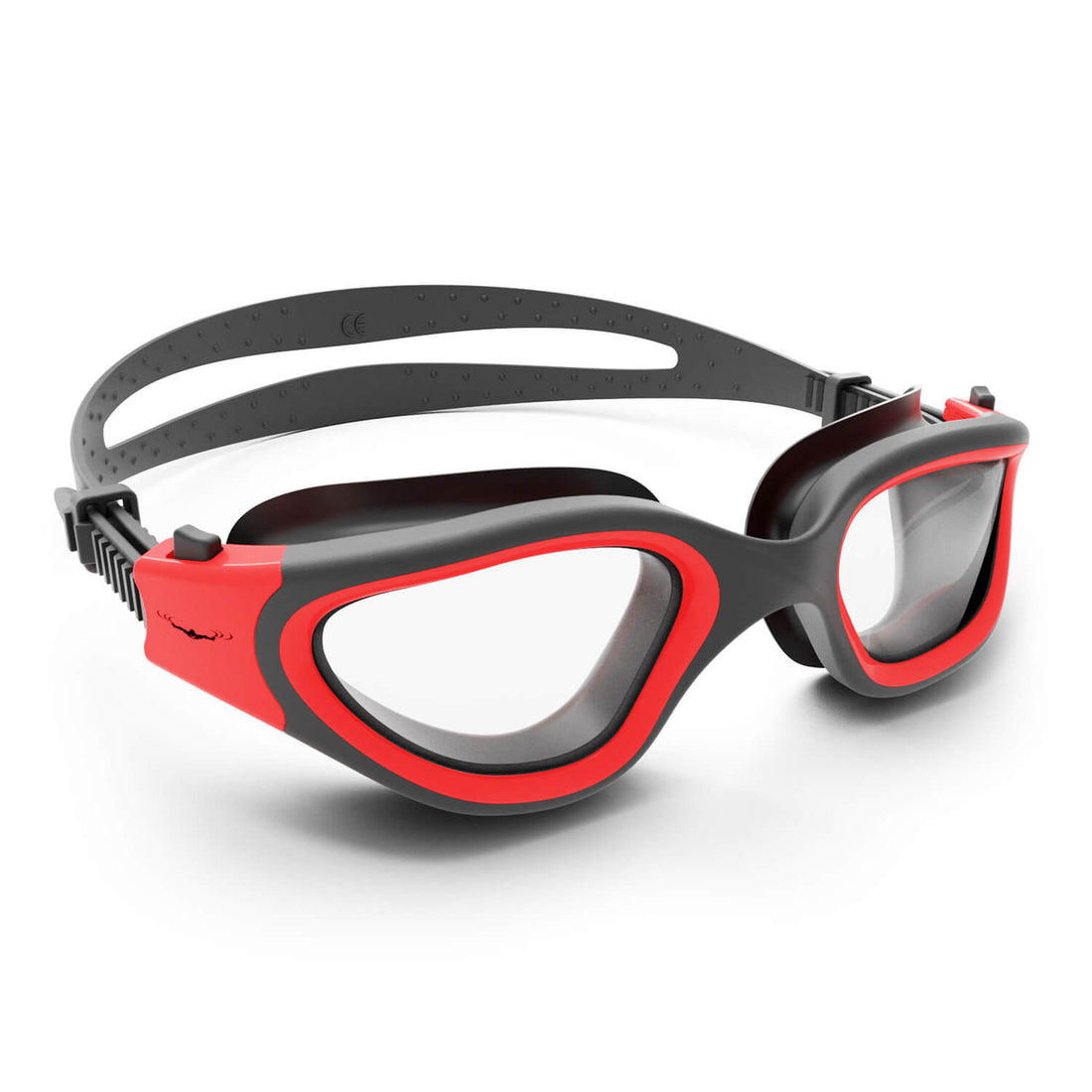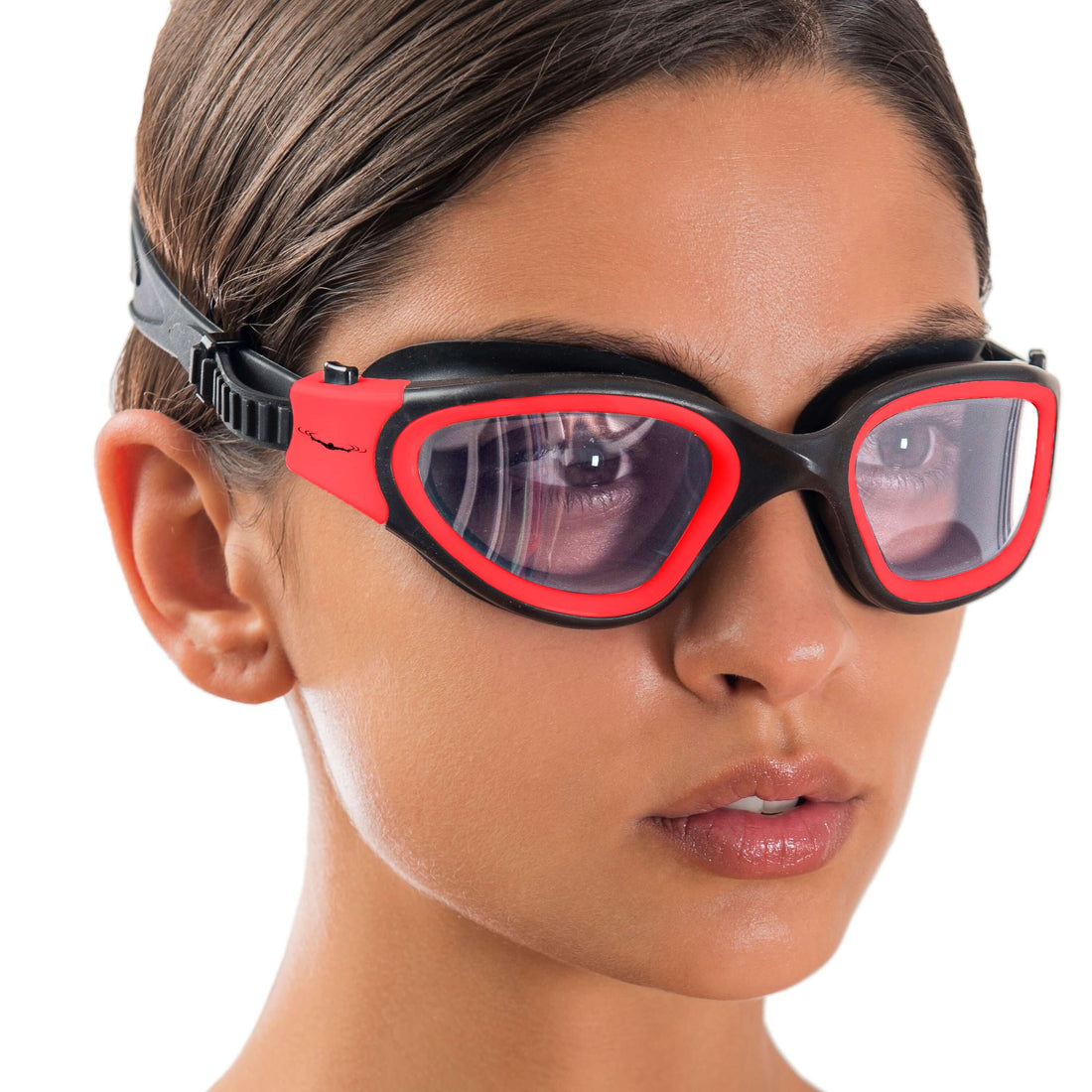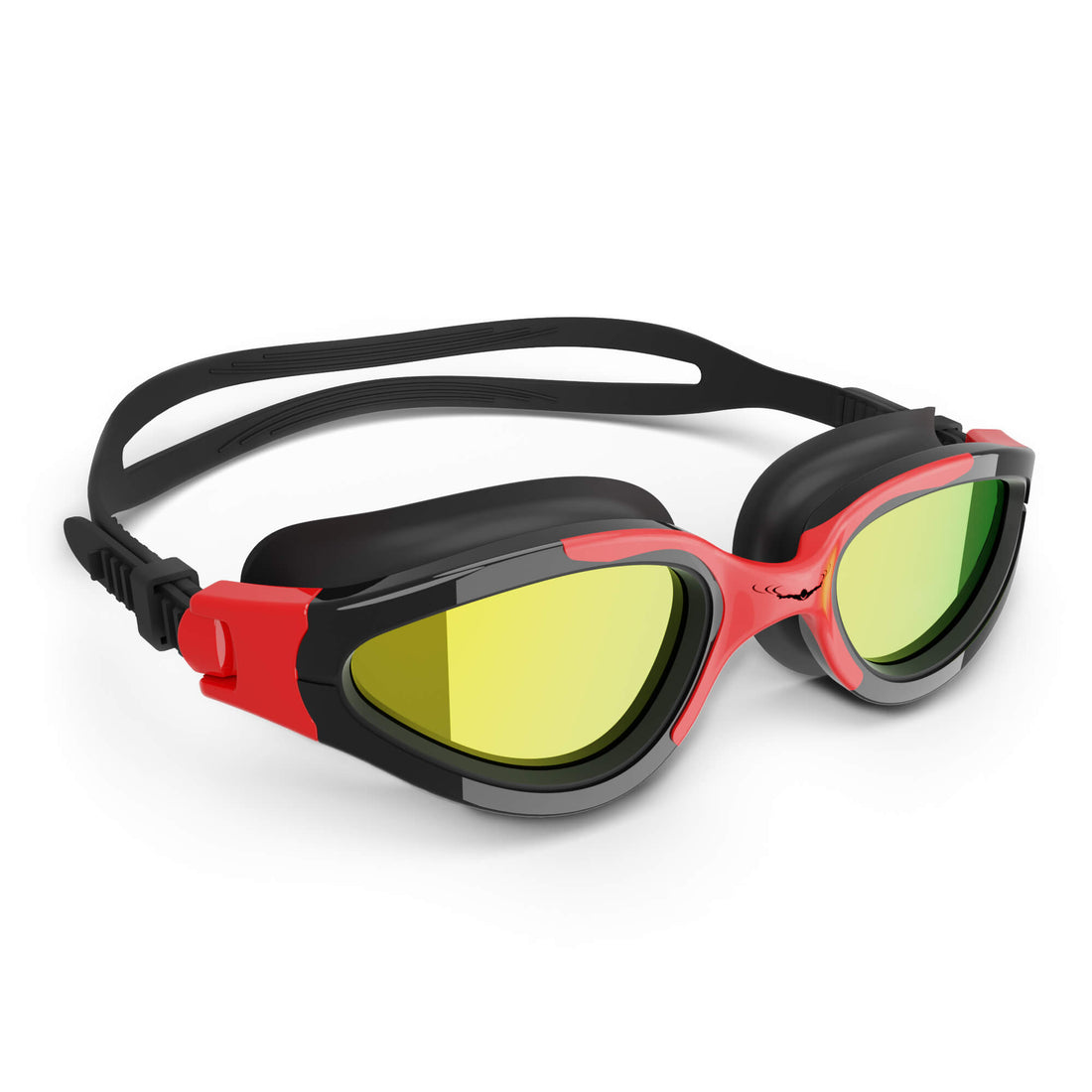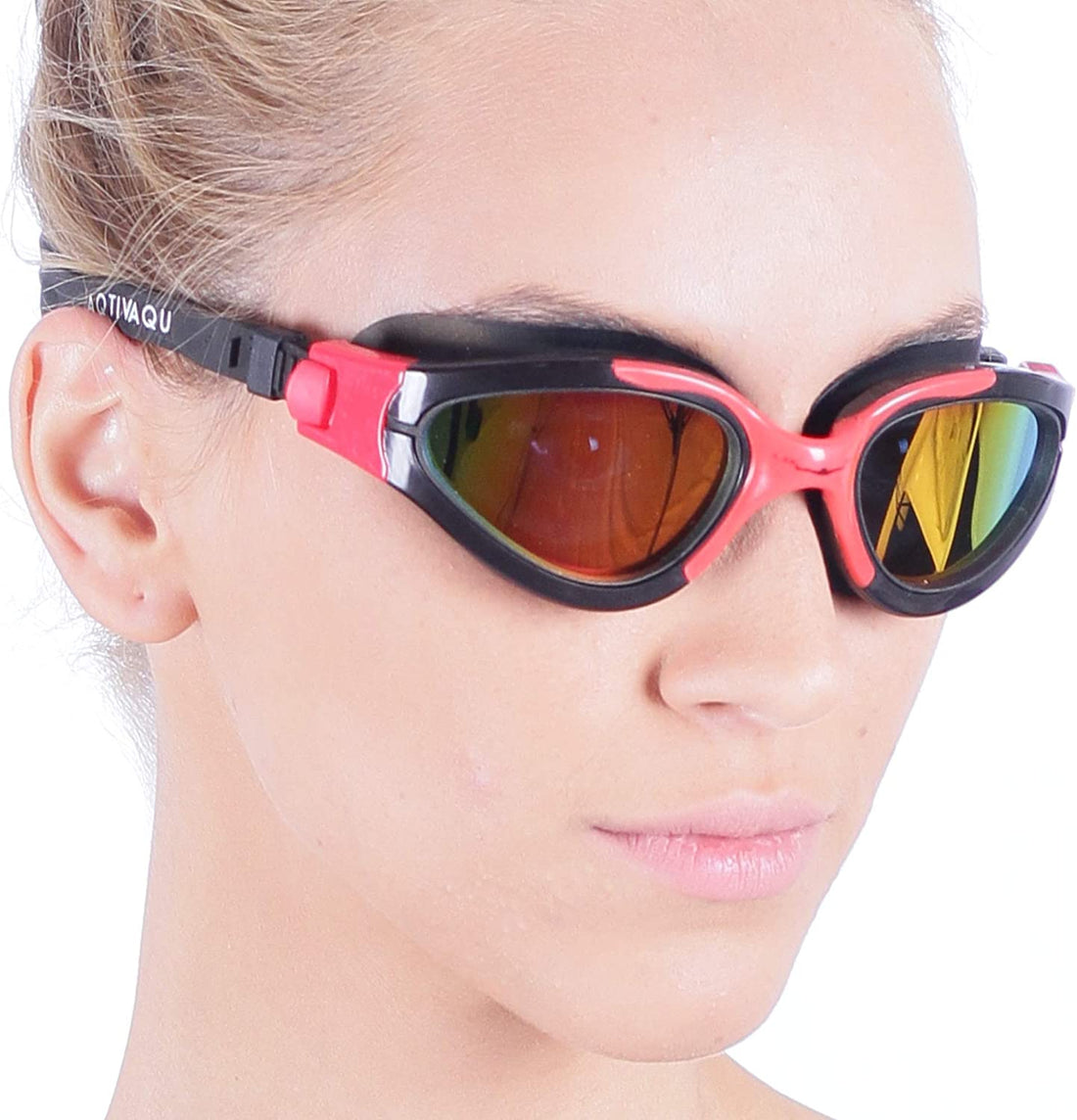Frequently Asked Questions
1. What are the primary components of swimming technique?
2. How does body position affect swimming efficiency?
3. What role do swimming goggles play in improving swimming performance?
4. What are some effective breathing techniques for swimming?
5. How can mindset impact swimming performance?
Swimming is not just a sport; it's an art that combines physics, biomechanics, and even psychology. Whether you are an elite athlete or a casual swimmer, understanding the science behind your swimming technique can allow you to improve your performance and enjoy your time in the water. This article delves into several components that make up effective swimming techniques, as well as how to use essential swimming gear like a spandex swim cap and swimming goggles to enhance your experience. Dive in as we unlock the secrets to becoming a more efficient swimmer!
Understanding the Basics of Swimming Technique
At its core, swimming technique revolves around three primary components: body position, propulsion, and breathing. Mastering these elements can greatly improve your overall efficiency in the water and reduce fatigue.
Body Position
Achieving proper body position is crucial for effective swimming. A streamlined position reduces drag and allows you to move through the water with less resistance. Here are some key aspects of maintaining an optimal body position:
- Alignment: Ensure that your head, hips, and feet are in a straight line. This alignment keeps your body horizontal and minimizes drag.
- Core Engagement: Strengthening your core muscles serves to stabilize your body and helps you maintain a better position while swimming.
- Relaxation: Tension can negatively impact your technique. Keep your body relaxed and fluid to improve your glide through the water.
Propulsion Techniques
Propulsion in swimming comes primarily from the arms and legs, and understanding the mechanics behind them is essential for efficiency.
- Arm Stroke: The pull phase of the arm stroke involves entering the water with your fingertips first, pulling through with a bent elbow, and then pushing the water back behind you.
- Kick: A strong yet relaxed kick generates propulsion from your legs. Focus on a flutter kick for freestyle, while breaststroke requires a different technique altogether.
- Timing: Synchronizing your arm strokes with your kicks creates balance and maximizes propulsion.
The Role of Equipment in Technique Improvement
While mastering body position and propulsion techniques is essential, utilizing the right equipment can further enhance your swimming experience. Two key pieces of equipment that deserve special attention are the spandex swim cap and swimming goggles, which can greatly affect your performance and comfort.
Spandex Swim Cap: More Than Just a Fashion Statement
A spandex swim cap offers several benefits beyond looking stylish at the pool. Here’s how it can help improve your swimming technique:
- Reduced Drag: Swim caps minimize water resistance by streamlining your head. This reduction in drag makes it easier to maintain a proper body position.
- Warmth: For those swimming in colder waters, a swim cap helps to retain body heat, allowing you to focus better on your stroke without the distraction of cold water.
- Hair Management: Keeping your hair secure prevents it from interfering with your stroke and enhances your overall swimming experience.
Swimming Goggles: Your Window to the World Below
Swimming goggles serve a vital role in improving visibility and comfort while swimming. Here’s how investing in a good pair can enhance your technique:
- Clear Vision: Clear sight underwater allows you to maintain a visual reference for your technique, helping you stay aligned and focused.
- Comfort: When you are comfortable, you can concentrate more fully on your form and less on distractions. Properly fitted goggles can make a world of difference.
- Eye Protection: Protecting your eyes from chlorine and other chemicals in the water is essential, and goggles do just that, allowing for longer and more effective training sessions.
Breathing Techniques: The Missing Piece
Breathing may seem simple, but executing it properly in swimming can be the difference between a good swim and a great swim. Here are some effective breathing techniques to integrate into your routine:
Rhythmic Breathing
Establishing a rhythmic breathing pattern is essential in swimming. Syncing your breath with your stroke not only improves performance but also helps maintain momentum. Consider these tips:
- Exhale underwater: Breathe out through your nose while your face is in the water. This prepares you for a natural inhalation when you turn your face to breathe.
- Rotate your head: Turn your head to the side rather than lifting it, which keeps your body aligned and minimizes drag.
- Use bilateral breathing: Practice breathing on both sides. This promotes a balanced stroke and prevents fatigue.
Breath Control
Learning how to control your breath during a swim can enhance your endurance and technique. Practice the following to refine your breath control:
- Drills: Incorporate breath control drills into your training, focusing solely on your breathing patterns.
- Interval Training: Incorporating interval sprints helps simulate race conditions, requiring you to practice quick and effective breathing.
- Rest and Recovery: Allow adequate recovery time, which is essential for your overall lung capacity and swimming performance.
The Importance of Training and Feedback
Improving swimming technique is not a one-time effort; instead, it requires consistent training and a willingness to adapt and change based on feedback. Consider these strategies to improve:
Coaching and Video Analysis
Working with a coach can provide personalized feedback that can identify your strengths and areas for improvement. Additionally, video analysis can be beneficial to visually assess your stroke, body position, and breathing technique.
Regular Practice and Drills
Routine practice is critical for skill retention. Beyond regular laps, incorporate specific drills that target your weaknesses. Here are a few examples:
- Single Arm Drills: Helps to focus on individual arm strokes and improve body rotation.
- Kicking Drills: Build leg strength, which is essential for powerful kicks.
- Breathing Drills: Isolate breathing to improve timing and comfort.
Mindset: The Psychological Aspect of Swimming
While technique and training are essential, the mindset of a swimmer plays a massive role in performance. Adopting a psychological approach can enhance your swimming experience:
Focus and Concentration
Maintaining a level of focus during practice can help you solidify skills and improve performance. Here are some tips:
- Visualization: Visualizing your success and technique can create a mental blueprint and increase confidence.
- Set Achievable Goals: Establish short-term and long-term goals to stay motivated and track progress.
- Positive Reinforcement: Reward yourself for small achievements, which can help maintain a positive outlook.
Unlocking Your Potential
Understanding and improving your swimming technique is an ongoing journey that blends science, practice, and mindset. By focusing on your body position, mastering propulsion and breathing techniques, and utilizing essential swimming gear like a spandex swim cap and swimming goggles, you can unlock new levels of efficiency and enjoyment in the water. Dive into this world with an open mind, and watch as your swimming abilities thrive!


